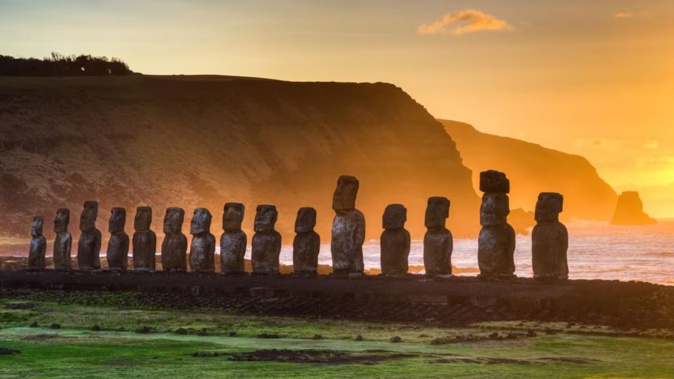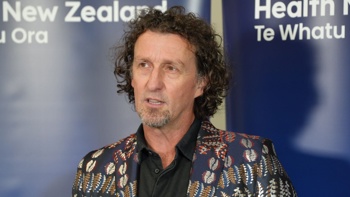
Two recent studies have cast doubt on a popular theory that the ancient residents of Easter Island suffered a societal collapse because they overexploited their natural resources, an event often labelled one of history’s first “ecocides”.
Easter Island, in the Pacific Ocean 3700km from the coast of Chile, is best known for the enigmatic “moai” stone statues of humans carved by the Rapanui people.
A widespread theory popularised by historians, including US author Jared Diamond, claimed that the Rapanui deforested the small island – which is known to have once been covered in palm trees – to keep supporting the flourishing culture of its more than 15,000 inhabitants.
The sudden lack of resources is said to have triggered a brutal period of famine and warfare that escalated into cannibalism and ended in a demographic and cultural collapse. This event in the 1600s abruptly brought an end to the creation of new moai statues – or so the story goes.
When Europeans first arrived at the island in 1722, they estimated there were only around 3000 inhabitants.
This tale of ecological suicide – or “ecocide” – by the Rapanui “has been presented as a warning tale for humanity’s overexploitation of resources”, according to the authors of a study published in the journal Nature on Wednesday.
The international team of experts in population genetics tried to find signs of the societal collapse using an advanced statistical tool that reconstructs the genomic history of a people. They analysed the genomes of 15 Rapanui who lived between 1670 and 1950 – and found no sign of a societal collapse, which would have caused a sudden reduction in genetic diversity.
“Our genetic analysis shows a stably growing population from the 13th century through to European contact in the 18th century,” said study author Barbara Sousa da Mota of the University of Lausanne.
“This stability is critical because it directly contradicts the idea of a dramatic pre-contact population collapse.”
The research also shed light on contact between the island’s residents and Native Americans well before Christopher Columbus arrived in the Americas – another controversial moment in the history of the Polynesian people.
Different method, same conclusion
The new research reinforced the findings of a study published in June in the journal Science Advances, which took a very different approach. That the two studies reached the same conclusion “shows the importance of looking at the same scientific question from different disciplines”, Sousa da Mota told AFP.
The team behind the June study used satellite images to map rock gardens on the island.
Rock gardening is an agricultural method that involves mixing rocks into the soil to preserve nutrients and moisture.
Previous research had claimed that up to 21sq km of the small island – 12% of the total of 164sq km – was covered with these gardens, which would have been necessary to sustain more than 15,000 people.
‘We can learn from them’
But the US-based researchers determined that only 0.76sq km of the island were used as rock gardens.
Such a small harvest of sweet potatoes – essential to the Rapanui’s diet – from these gardens could not have supported more than 4000 people, the researchers estimated. That is close to the number of people that Europeans first found on the island, indicating there never was a society of 15,000 or more that endured a terrifying collapse.
“When we label an entire culture as an example of bad choices, or as a cautionary tale of what not to do, we had better be right, otherwise we feed stereotypes, which themselves have profound consequences on people,” Dylan Davis, a co-author of the Science Advances study, told AFP.
“In this case, the Rapanui managed to survive in one of the most remote places on Earth and did so fairly sustainably until European contact,” said the environmental archaeologist at Columbia University.
“This suggests we can learn something from them about how to manage limited resources.”
Take your Radio, Podcasts and Music with you









